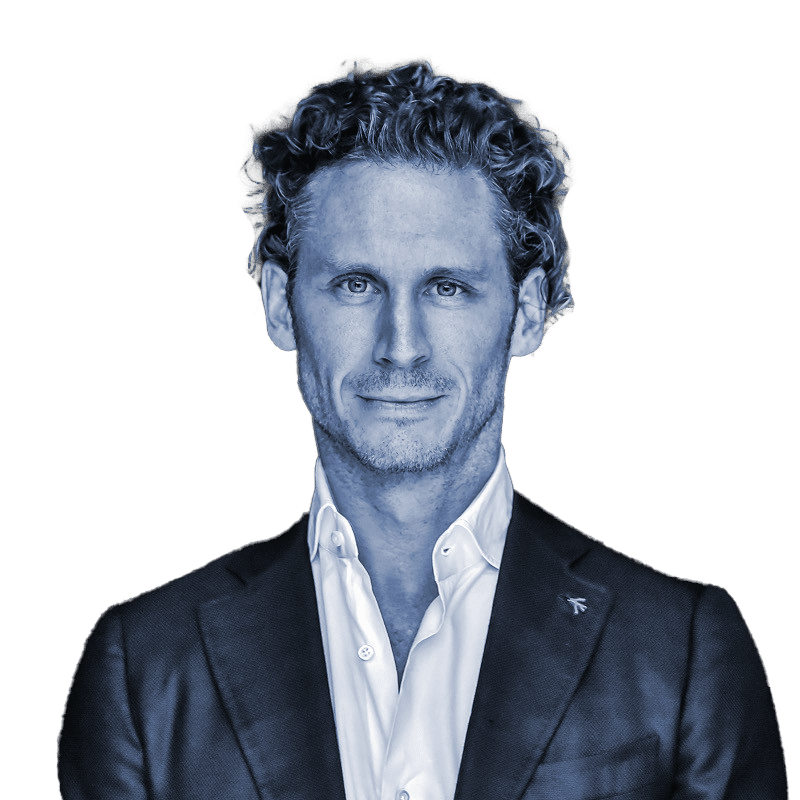UNLOCKING INNOVATION IN COMMERCIAL LINES
Innovation hits differently in different parts of the industry, with the intermediated nature of commercial lines sometimes obscuring what is more obvious in personal lines.
‘We have traditionally lagged in some areas but actually the opportunities in commercial and speciality insurance outweigh those in personal lines,’ said Michael Gregory, Director of Underwriting Strategy of RSA, which has spent much of this year integrating NIG and FarmWeb to become the third largest commercial lines insurer in the UK with plans to roll out some innovative products next year. ‘The UK economy is changing and if we do not innovate, our products will not be fit for purpose.’
The energy transition is clearly generating space for innovation, with RSA not only employing 1,000 data scientists in Hong Kong and Canada but also hiring engineers and industry experts to help build competence and understand the risks its clients are facing so it can forge risk management and mitigation partnerships. This horizon scanning and capability-building means it can keep track of rapidly evolving markets and technologies.

Our appetite for underwriting has changed as the technology has changed. Five years ago, something like Battery Energy Storage Solutions was out of appetite for us, and for most of the insurance industry, but now it’s a core appetite, we understand it well and are very happy with how well it’s going.
MICHAEL GREGORY
DIRECTOR OF UNDERWRITING STRATEGY,RSA

This opportunity only came about because the company gained the understanding of the technology, the market, its risks and its opportunities. Betting on nascent markets and new technologies is challenging for many insurers, which are used to analysing decades of historical data in order to confidently predict the future and the frequency and severity of loss.
‘If you have a lot of historical data, then it’s remarkably accurate how clear that crystal ball can be,’ said Joe Ziolkowski, CEO of Relm Insurance.
Without that data, however, insurers feel very exposed and highly reluctant to support new companies trying to build out the solutions our planet needs. ‘But transformational technologies and evolving risks, which can be scary and gnarly and poorly understood, are where the story of opportunity begins,’ Ziolkowski said.
Indeed, this is where competitive advantage lies, said Richard Chattock, CEO of Insurtech Gateway. ‘First movers can build data and technology moats that competitors will find it hard to overcome’, he said, highlighting how cyber has moved from being an emerging risk fifteen years ago to a £15 billion market today. ‘There are clear winners in that space who got in there first and built products and understood the cost of risk and created IP around their data and their policy wordings to build a long sustainable competitive advantage.’
What will be the next opportunities? Digital assets, carbon markets, energy transition technologies and alternative therapeutics are all generating innovative insurance solutions, and innovators are even looking to the stars and the space economy.


This is a $1 trillion industry that does not actually exist yet or is just beginning to become operational. But these companies all have to raise capital and enter into contracts with other companies and some will need to get regulated and all of those things will require insurance. Their ability to scale will be enabled by informed and dedicated insurance capacity.
JOE ZIOLKOWSKI
CHIEF EXECUTIVE OFFICER,RELM INSURANCE
Building this insurance capacity will require bold leadership and the recruitment of domain experts to develop the necessary knowhow to understand the risks. Companies should start small, test their assumptions, build credibility and begin accumulating data ‘so they are always the smartest in the market’, said Richard Chattock of Insurtech Gateway.
This is a change of mindset for the insurance industry, which could be the biggest innovation challenge of all.
Stay current with Insurance Innovators
Subscribe to our newsletter to receive news, insights and special offers.


